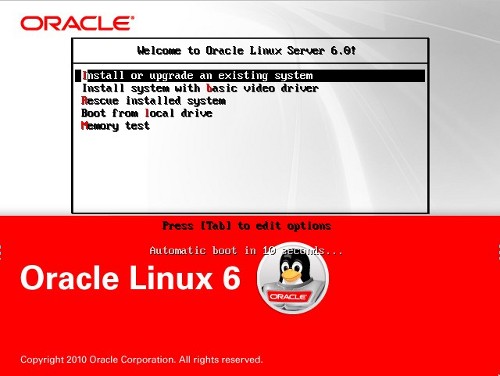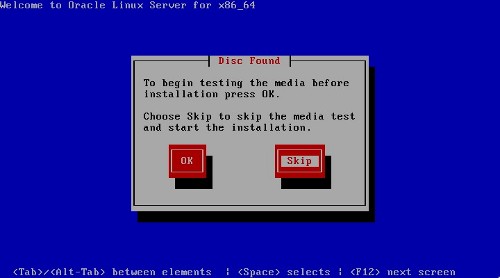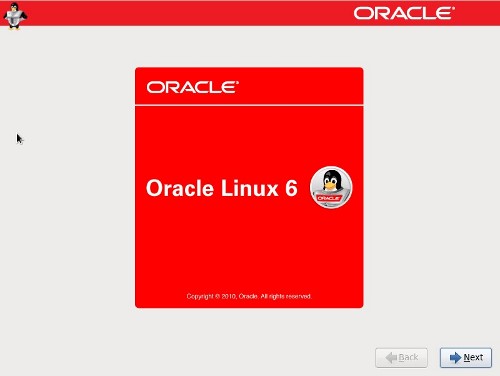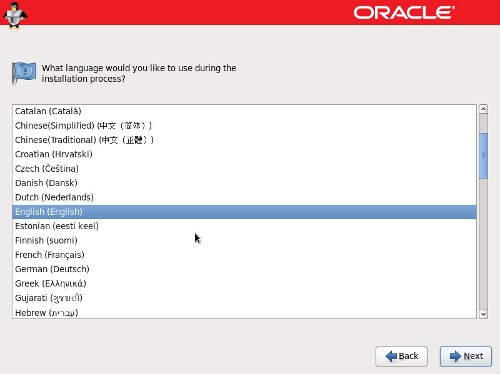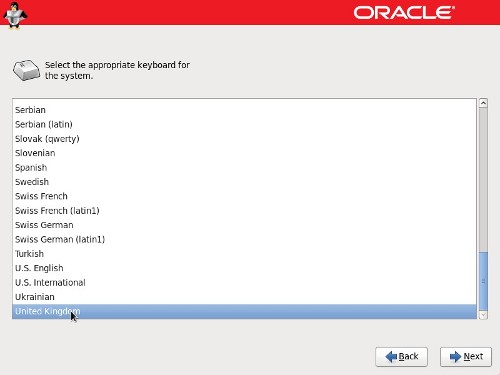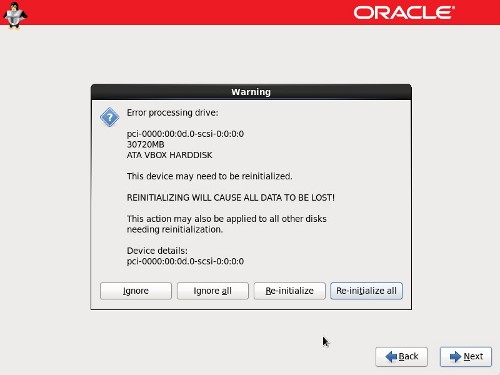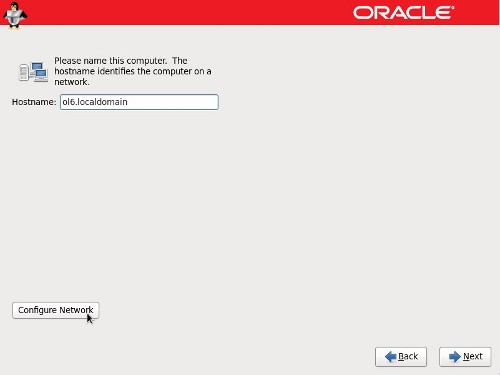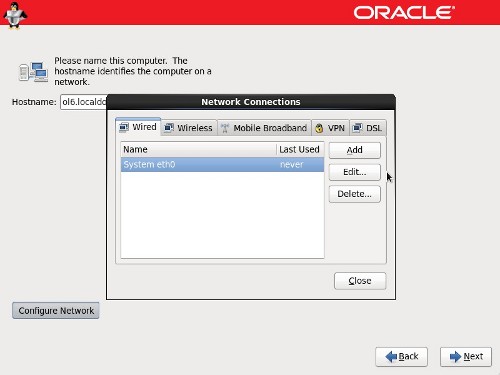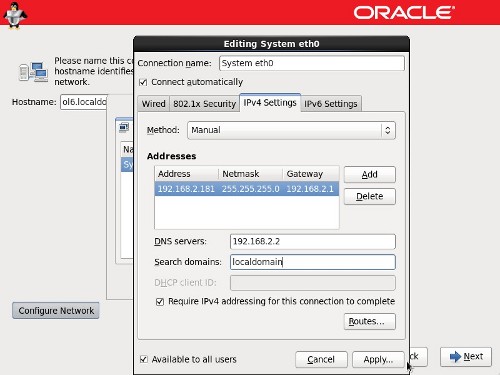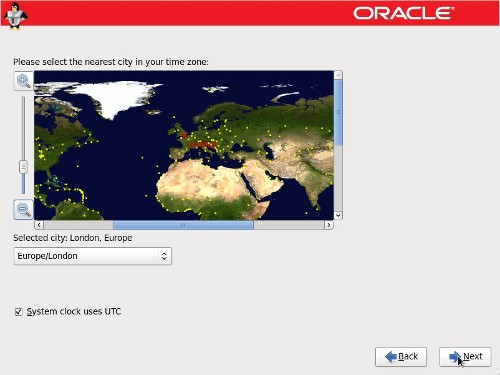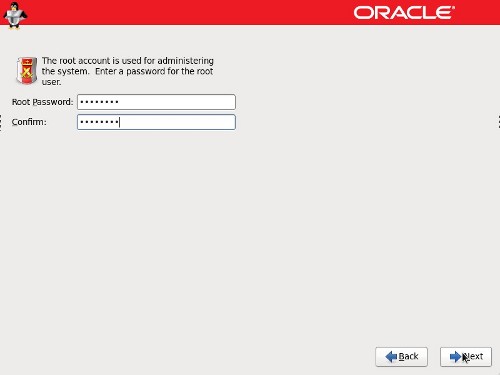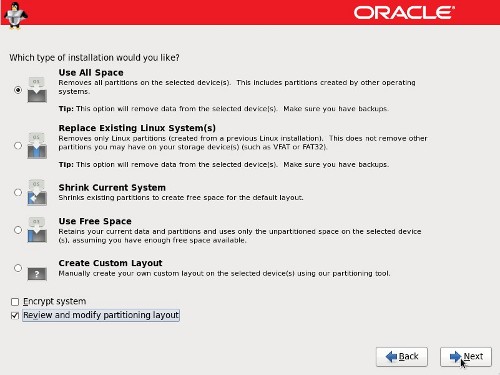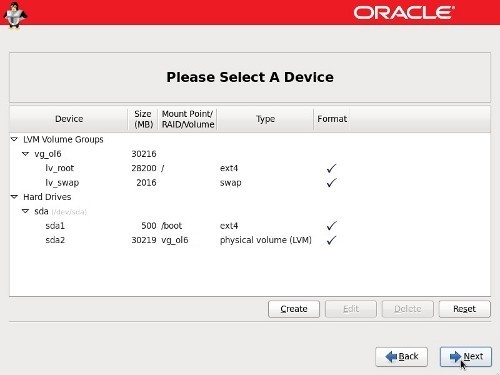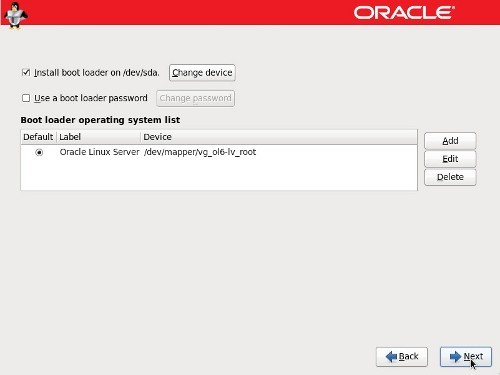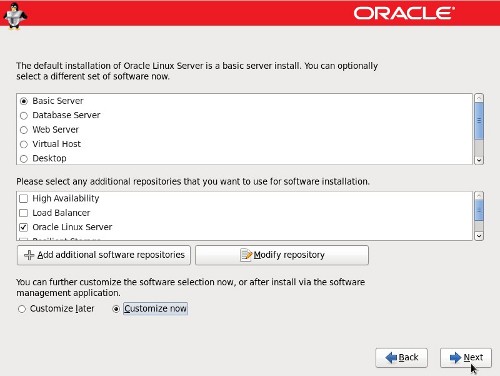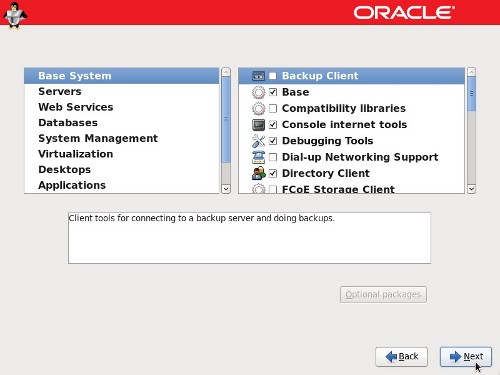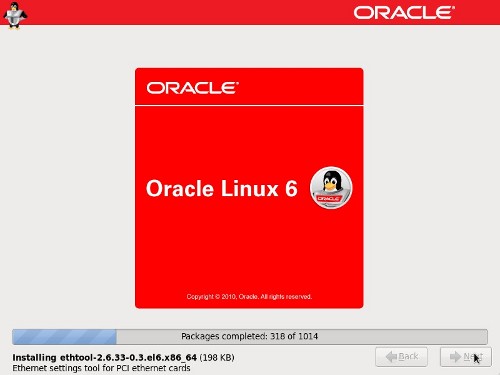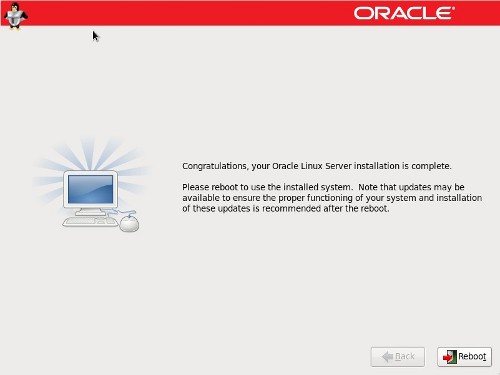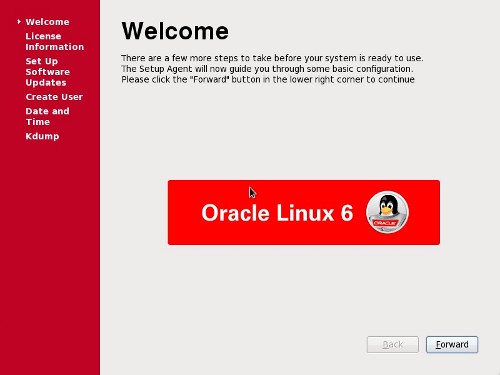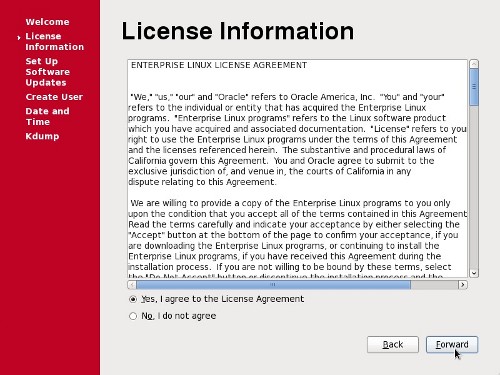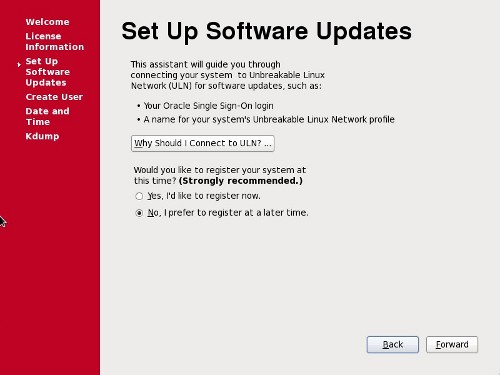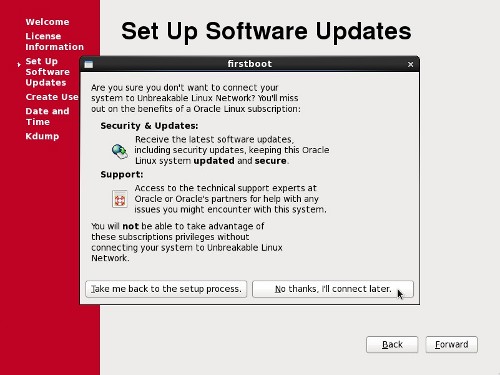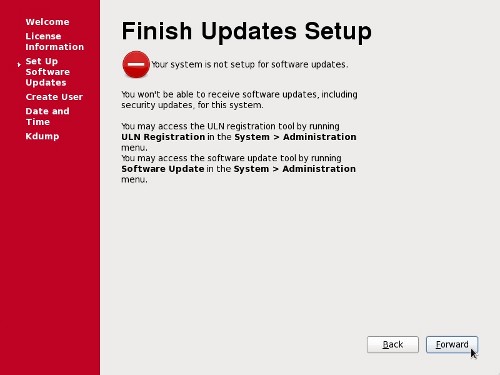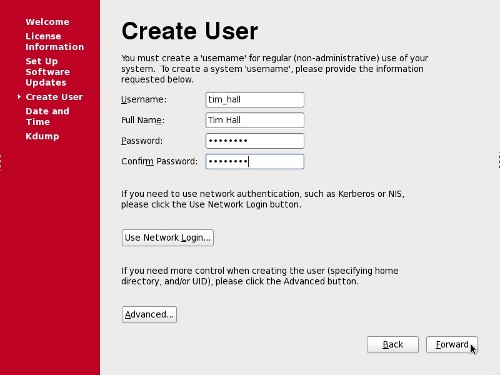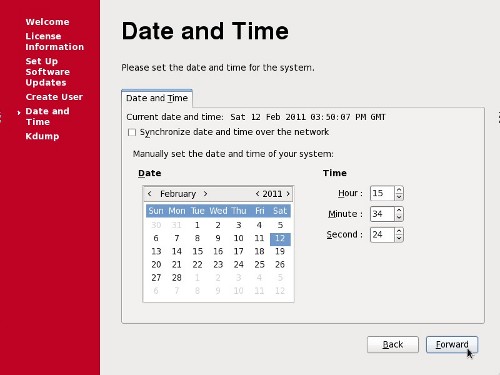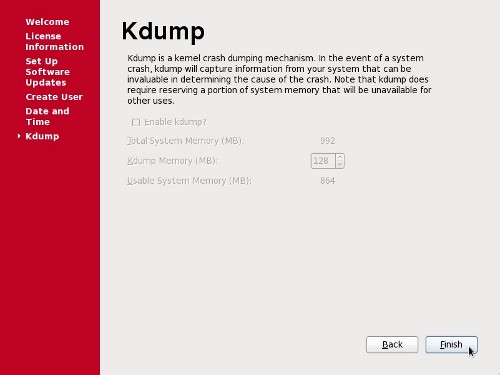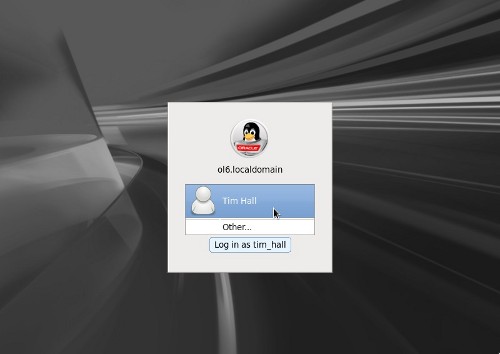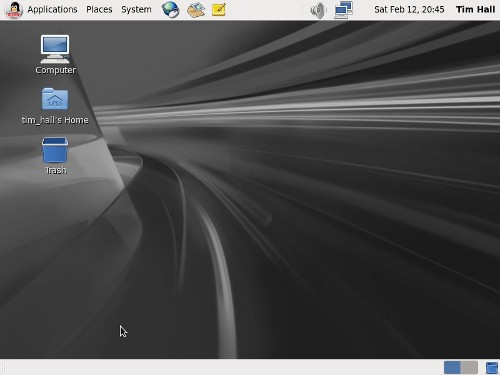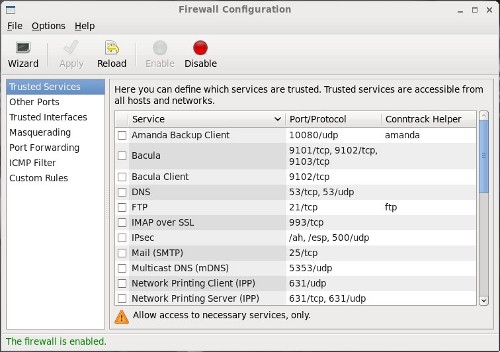SQL> startup
ORACLE instance started.
Total System Global Area 830930944 bytes
Fixed Size 2257800 bytes
Variable Size 536874104 bytes
Database Buffers 285212672 bytes
Redo Buffers 6586368 bytes
ORA-01102: cannot mount database in EXCLUSIVE mode
Step -01
[oracle@machine1 trace]$ vi alert_orcl.log
sculkget: lock held by PID: 13269
ORA-09968: unable to lock file
Linux-x86_64 Error: 11: Resource temporarily unavailable
Additional information: 13269
ORA-1102 signalled during: ALTER DATABASE MOUNT...
Step-02
[oracle@machine1 trace]$ ps -ef | grep pmon
oracle 10222 1 0 10:27 ? 00:00:00 ora_pmon_ORCL
oracle 2522 1 0 Aug11 ? 00:00:06 ora_pmon_orcl
Step-03
[oracle@machine1 trace]$ Kill -9 10222 2522
Step-04
[oracle@machine1 trace]$ export ORACLE_SID= orcl
[oracle@machine1 ~]$ sqlplus / as sysdba
SQL*Plus: Release 11.2.0.4.0 Production on Wed May 4 14:03:18 2016
Copyright (c) 1982, 2013, Oracle. All rights reserved.
Connected to:
Oracle Database 11g Enterprise Edition Release 11.2.0.4.0 - 64bit Production
With the Partitioning, OLAP, Data Mining and Real Application Testing options
SQL> startup
ORACLE instance started.
Total System Global Area 830930944 bytes
Fixed Size 2257800 bytes
Variable Size 536874104 bytes
Database Buffers 285212672 bytes
Redo Buffers 6586368 bytes
Database mounted.
Database opened.
SQL>
ORACLE instance started.
Total System Global Area 830930944 bytes
Fixed Size 2257800 bytes
Variable Size 536874104 bytes
Database Buffers 285212672 bytes
Redo Buffers 6586368 bytes
ORA-01102: cannot mount database in EXCLUSIVE mode
Step -01
[oracle@machine1 trace]$ vi alert_orcl.log
sculkget: lock held by PID: 13269
ORA-09968: unable to lock file
Linux-x86_64 Error: 11: Resource temporarily unavailable
Additional information: 13269
ORA-1102 signalled during: ALTER DATABASE MOUNT...
Step-02
[oracle@machine1 trace]$ ps -ef | grep pmon
oracle 10222 1 0 10:27 ? 00:00:00 ora_pmon_ORCL
oracle 2522 1 0 Aug11 ? 00:00:06 ora_pmon_orcl
Step-03
[oracle@machine1 trace]$ Kill -9 10222 2522
Step-04
[oracle@machine1 trace]$ export ORACLE_SID= orcl
[oracle@machine1 ~]$ sqlplus / as sysdba
SQL*Plus: Release 11.2.0.4.0 Production on Wed May 4 14:03:18 2016
Copyright (c) 1982, 2013, Oracle. All rights reserved.
Connected to:
Oracle Database 11g Enterprise Edition Release 11.2.0.4.0 - 64bit Production
With the Partitioning, OLAP, Data Mining and Real Application Testing options
SQL> startup
ORACLE instance started.
Total System Global Area 830930944 bytes
Fixed Size 2257800 bytes
Variable Size 536874104 bytes
Database Buffers 285212672 bytes
Redo Buffers 6586368 bytes
Database mounted.
Database opened.
SQL>
